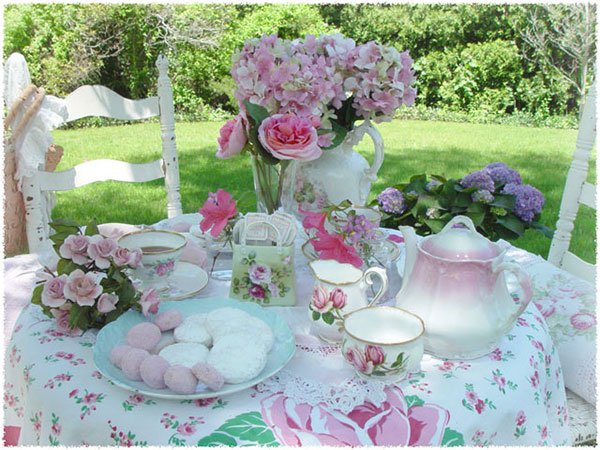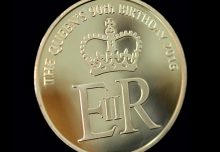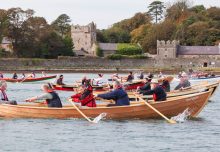
A cuppa, char, Rosy Lee, a brew, whatever you call your cup of tea, pop the kettle on, put your feet up and discover a quick potted history of tea in the UK.
More tea, vicar?
Tea was first bought to British shores by the Portuguese queen consort of Charles II, Catherine of Braganza in the 1660s. Yet the British love of tea didn’t become a raging, mainstream phenomenon until colonial Great Britain began sticking Union Jacks into distant pieces of the world map. In the early 1800s, the British colonization of India gave the British Empire control of tea production in the subcontinent, making a cuppa more accessible and affordable back in Blighty.
Today, the UK is still one of the biggest consumers of tea per capita in the world. We’re ranked 5th, a frankly annoying two places behind our Irish neighbors. If we decided to award medals for worldwide tea consumption, the winners would place as follows:
- Turkey 7.52kg of tea per capita
- Morocco 4.34kg of tea per capita
- Ireland 3.22kg of tea per capita
- Mauritania 3.22kg of tea per capita
- United Kingdom 2.74kg of tea per capita
- Seychelles 2.08kg of tea per capita
Tea gardens and loose morals
Once tea became popular in Britain, there was no social occasion in which it was not de rigueur. Tea gardens, designed exclusively for the dual enjoyment of strolling and tea were popular attractions and sites such as Cuper’s Gardens which once overlooked the Thames and Somerset House in London were some of the hottest spots in historic tea drinking culture.
Cuper’s Gardens were opened for the dual enjoyment of sipping and sauntering in the 1680s. In 1736 the addition of an orchestra and regular firework displays ensured the garden remained a place to be seen all the way up to 1753 when the tea garden lost its license thanks to the loose morals of its visitors, including pickpockets and other undesirables. Crumbs.
Tea dances
If tea gardens and loose morals are too tame for you, you may have preferred to take in the hedonistic pleasures of a tea dance. Tea dances were held in the late afternoon and early evening of summer nights, particularly in suburbs and rural areas. Waltzing, tangoing and, by the 1920s, the Charlston, were all favorite dances. All enjoyed, of course, with a lovely cup of tea. Charming!
The dark side of tea
You may not be shocked by tea dances, but did you know that tea was once at the heart of a vicious and dangerous black market? Once incredibly expensive to import and ludicrously taxed thanks to the almost total monopoly of the East India Company, tea was one of the most smuggled substances in British history.
In 1747, the Hawkhurt Gang smuggled two tonnes of illegal tea in a boat which was intercepted by customs officers just off the Dorset coast. The tea was confiscated but the 60 strong gang raided Poole customs house, stealing the banned goods before riding North through Hampshire where they set up a significant tea smuggling operation, intimidating locals and burning down the property of any interfering local magistrate.
In 1748, a local villager called Daniel Chater, who could identify the leader of the Hawkhurst Gang known as John Diamond, was pressured into giving evidence. Before he could reach safety and make his testimony he was intercepted by the gang who horsewhipped him, tied him to a horse, beat him and two days later took a knife to his face, removing his nose, hung him, threw him down a well and hurled rocks down upon him. All for a cheaper cup of tea.



